Remembering the Fisher brothers
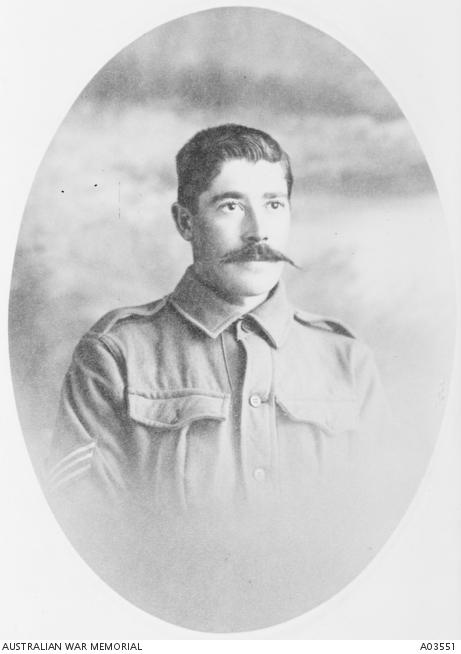
James Fisher was one of eight brothers who enlisted during the First World War. He was wounded on Gallipoli and survived, only to succumb to illness on 28 June 1919, the day the Treaty of Versailles was signed, officially ending the war.
His mother, Annie, was one of the few to send so many of her sons to war. She had been widowed the year before war broke out and had raised 11 children of her own, as well as four step-children from her husband’s first marriage.
Eight of her boys – Edward , Walter, Eli, Terence, George, John Sr, Cecil, and James – joined the Australian Imperial Force (AIF), while a ninth son, Robert, tried to enlist no fewer than five times, but was rejected due to his poor eyesight.
Two out of the eight would not return home.
“It’s a remarkable story,” said historian Michael Kelly.
“The look on their mother’s face when all of them went away must have said it all; it’s just incredible, her forbearance and fortitude.
“Annie, their mother, is just one of these rocks of Gibraltar in a storm of war, and she bears up after the loss of two of her sons.”
Their story was told at a Last Post Ceremony at the Australian War Memorial to mark the 100th anniversary of the signing of the Treaty of Versailles, which officially ended the First World War.
James Fisher was married and had five children of his own when he enlisted in March 1915, and joined the newly-raised 23rd Battalion.
“Two of his brothers, Walter and John Sr, had already enlisted at the outbreak of the war and had gone to Gallipoli,” Kelly said. “Both landed on Gallipoli on the first day, and both were wounded on that day as well.”
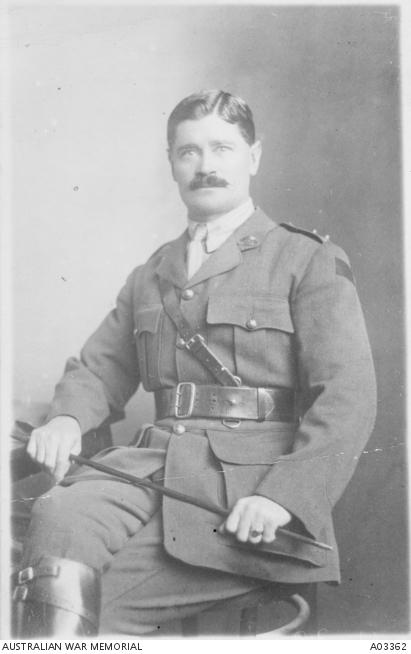
Walter Fisher was a decorated veteran of the Boer War.
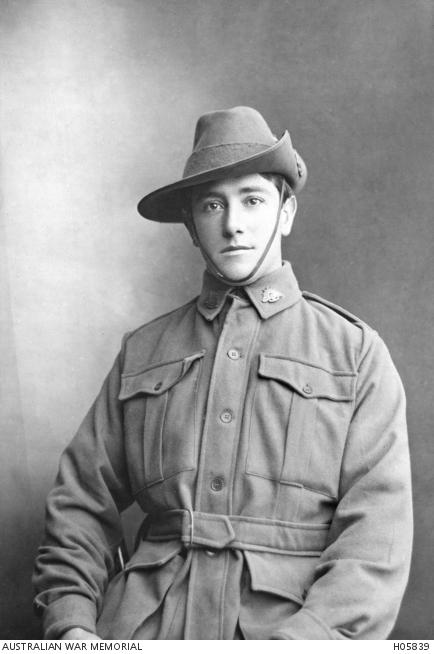
John Fisher embarked with D Company from Melbourne on HMAT Hororata in October 1914.
John Sr wrote to his family to reassure them that he was all right.
“I can see you looking anxiously for the list of casualties, but you needn’t worry,” he wrote from hospital. “I’m all right, excepting a bit weak, and my leg a bit stiff, where the bullet passed through, not seriously.”
Sadly, John Sr died four months later. He was mortally wounded during the battle of Lone Pine, and died on a hospital ship en-route to Egypt. He was buried at sea.
His brother Walter had also been badly wounded during the battle of Lone Pine, and was evacuated to Egypt to recover.
“While in Egypt, James would have met up with his brother,” Kelly said. “Walter would have been recuperating in hospital and his brother would have known about it, either by telegram or ship message. He would have found out that his brother, John Sr, had died and that Walter was in hospital, so he would have gone to see him.”
But their reunion was short-lived. Walter would be sent back to Australia aboard the transport ship Euripides, the same ship that had brought James to Egypt, and James would be sent to Gallipoli with the 23rd Battalion.
“The 23rd Battalion arrived on Gallipoli in early September, and was sent to occupy positions at Lone Pine,” Kelly said. “Lone Pine remained so dangerous that the occupying battalion was relieved every day.”
On the evening of 5 November, James was sitting in C Company’s headquarters at Brown’s Dip with Lieutenant William Cull and Sergeant Major James Purcell when a Turkish shell hit their dug-out.
“I was giving instructions to Sergeant Major Purcell and Sergeant Fisher, when a Turkish bomb found us,” Cull later wrote. “It burst immediately on piercing the roof. Purcell, standing a little way off, was killed instantly. Fisher had, amongst other wounds, one of his hands badly mutilated.”
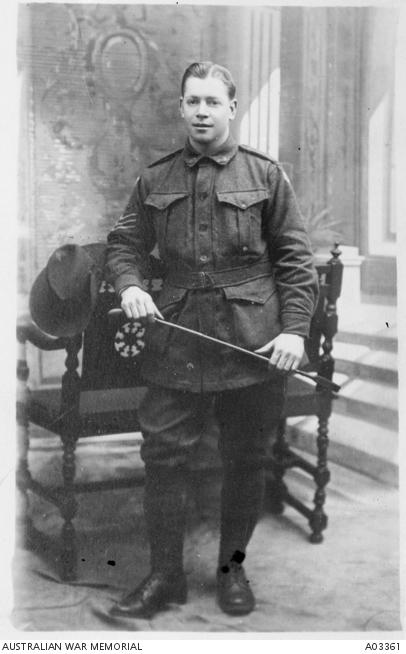
George Fisher enlisted in July 1916.
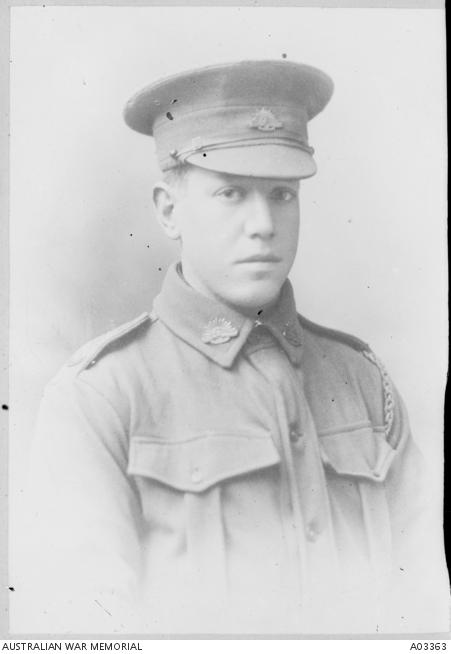
Eli Fisher enlisted in July 1915 and served with the 3rd Pioneer Battalion.
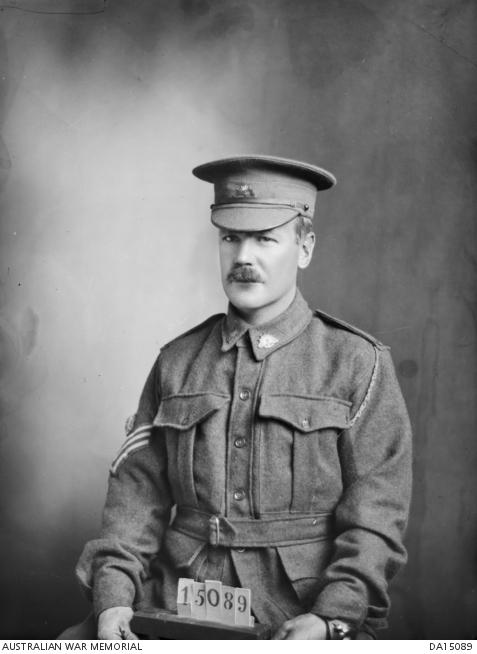
Terence Fisher enlisted in April 1916.
James was evacuated to England via Malta, and was admitted to the 3rd London General Hospital at Wandsworth in January 1916. His left hand was so badly damaged that he was deemed no longer fit for front-line service, and he was sent home to Australia in August 1916 before being discharged from the AIF in February 1917.
“James continues to serve, working in a recruiting depot in Melbourne as a recruiter,” Kelly said. “Towards the end of the war he somehow manages to convince the medical officers to let him re-enlist again.”
He enlisted once more in September 1918, joining the Australian Naval and Military Expeditionary Force.
“Despite his shattered hand, he still wants to do his bit,” Kelly said.
“He embarks Sydney on 18 December bound for Rabaul, but service in the tropics has a detrimental effect on his health, and in April 1919 he is diagnosed with malaria and sent home.
“They eventually arrive back in Sydney, and by the time he arrives in Melbourne, he’s sent straight to the No. 11 Australian General Hospital at Caulfield, in a pretty serious way; he’s got malaria, pneumonia, and influenza, and ten days later he’s dead.”
James Fisher was 36 years old. He was laid to rest in Footscray Cemetery.
“The fact that James dies on the day the Treaty of Versailles was signed was just one of those things that really struck me,” Kelly said.
“He was an older man, so he didn’t have to go, but he did ... and he died as a direct result of his service.
“The war is officially ending, but the casualties are still occurring, and now it is illness, and the effects of gas, and wounds, and all those sorts of things.”
James’s remaining brothers – Edward, Eli, Terence, George, and Cecil – returned to Australia in 1919.
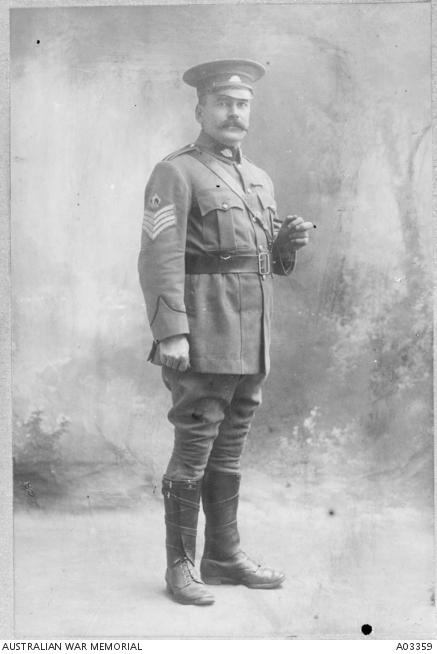
Edward Fisher served with the 21st Battalion.
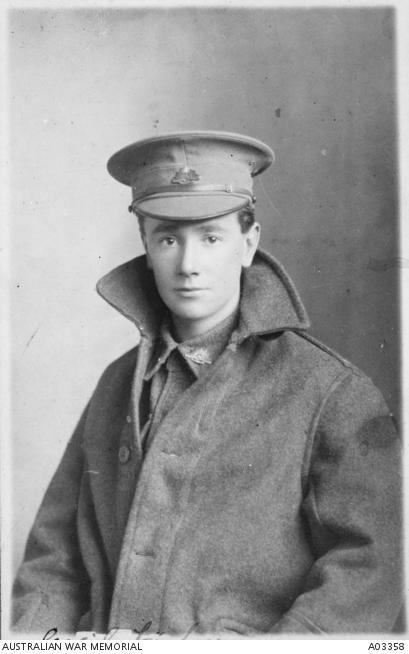
Cecil Fisher was awarded the Military Medal for his actions at Bray.
The eldest, Edward, a decorated veteran of the Boer War, served in France with both the 21st and 24th Battalions, while Eli, Terence, and George served together on the Western Front with the 3rd Pioneer Battalion.
Cecil served with the 58th Battalion in France, and was awarded the Military Medal for his “conspicuous gallantry and devotion to duty” during an attack at Bray in August 1918.
“They were under quite a heavy barrage of shell-fire during a heavy German bombardment, and he goes out and rescues a number of wounded men on a number of different forays and brings them back in to safety,” Kelly said. “And then he continues to serve until the end of the war.”
Today, the names of James and John Fisher are recorded on the Roll of Honour at the Australian War Memorial, among the almost 62,000 Australians who died during the First World War.
“The Fisher family stands among but a few to have sent so many family members to war,” Kelly said.
“The Handcock family of Myrrhee, Victoria, also sent eight sons abroad, and the ‘Fighting’ Leane family of South Australia sent 11 family members to the war…
“They didn’t have to go, but they did… and all were committed to defending the British Empire.
“Each of these families suffered loss and provide a small window in time of Australian society in 1919, where not one family around the nation had remained unaffected by the war to end all wars.”